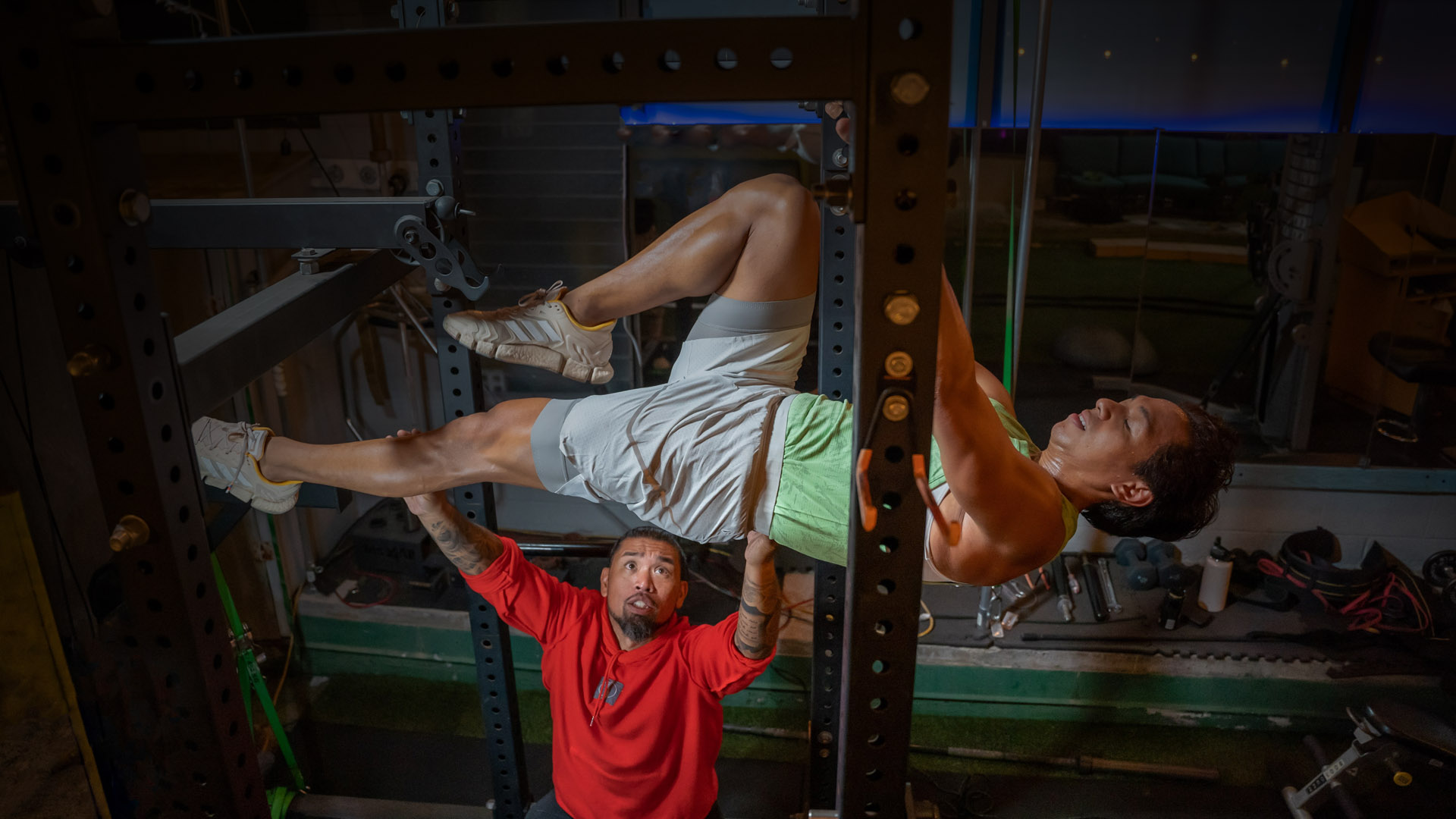What Is Fascial Stretch Therapy (FST)?
(FST) Fascial Stretch Therapy is a type of table-based assisted stretching that focuses on the fascia and joint capsule to improve strength, flexibility, pain relief, and performance. It is a painless stretching technique that is typically performed on a massage table and can provide almost instant results.
Here are some of the main advantages of Fascial Stretch Therapy:
Reduction in Pain:
Problems with your fascia can result in physical pain. Tightness in your fascia can encourage unnatural motions or postures, increasing your chances of minor injuries and putting unwanted pressure on your nervous system. In turn, those m Minor injuries can promote even more unnatural motions.
Fascial Stretch Therapy can help relieve pain by releasing fascial tension. The natural increase in flexibility will aid in the termination of those unnatural motions and the relief of underlying stresses in your body.
Increase Circulation:
Tightness or tension anywhere in your body reduces circulation. FST improves blood flow by reducing tightness and tension.
Improved blood flow has a number of positive side effects. It aids in exercise recovery by allowing more blood to reach your muscles faster, which improves toxin removal. It boosts your energy levels by allowing more oxygen to reach your muscles and organs. That extra oxygen can also help you think more clearly.
Rehab:
People frequently seek sports medicine, surgery, massage, or stretching to help them recover from an injury or break up painful scar tissue. Injuries, as well as the surgeries used to treat many of them, can damage or distort the fascia. This can further limit your range of motion by making movement painful.
Fascial stretch therapy can assist in loosening or realigning the fascia. This aids in the restoration of mobility, which is one of the primary goals of physical therapy. Stretch therapy cannot, of course, replace physical therapy, but it can complement number of the activities associated with it.
Loss of Weight:
Fascial stretch therapy does not directly result in weight loss, but it does facilitate the physical activities that lead to weight loss.
When your body moves with little or no pain from head to toe, it is much easier to persuade yourself to go for a walk or work in the garden. Every small increase in physical activity improves overall health and stamina. These enhancements encourage more physical activity, which aids in weight loss.
WHO SHOULD CONSIDER HAVING FASCIAL STRETCH THERAPY??
Those who are suffering with chronic back pain:
Oftentimes, chronic back pain is associated with muscle tightness and joint stiffness; general weakness, fear of movement, and certain activities; and lack of mobility.
Fascial Stretch Therapy can help to eliminate your pain and restore function so you can return to your normal life.
Those who regularly exercise:
When you train frequently, your body needs to recover quickly.
FST increases blood flow to tired muscles, allowing you to recover from tough training sessions faster and with less soreness.
Active people:
Fascial stretch therapy can help you run faster, lift heavier, increase endurance, improve coordination, and increase flexibility.
Those recovering from an injury:
Your therapist can help increase your range of motion by removing adhesions and allowing your body to release unnecessary compensations using Fascial stretch therapy.
Final Thoughts:
Facial stretch therapies have numerous direct and indirect advantages. There is pain relief, increased flexibility, and improved circulation. Improved circulation can help with workout recovery and mental clarity.
Fascial stretch therapy can complement physical therapy by restoring mobility; however, you should consult your physical therapist before undergoing FST.
Fascial stretch therapy can help you whether you’re recovering from an injury or simply feel less limber. Do you use a personal trainer? It might be time to hire a personal stretch coach. Stretch 22 in Seattle can help you schedule a stretch session with a stretch therapist today.
Our Fascial Stretch Therapy programs:
Our Fascial Stretch Therapy program is ideal for mobilizing your body. It involves the therapist performing assisted stretching techniques on a treatment table or the floor with the client.
Facial stretch therapy is our most popular service that we provide to our clients.
FST is a type of table-based assisted stretching that targets the fascia and joint capsule to improve strength, flexibility, pain relief, and performance. It is a painless stretching technique that is typically performed on a massage table and can provide almost instant results.
We use a table base stretching technique to move the tissue around and unlock it. By doing so, we can help our clients move better, have less pain, increase their strength, and improve their overall body health.
So, anyone who is a performance athlete who needs to improve, has joint restrictions, or is in pain can definitely benefit from doing the table best stretching here.
As a Certified Personal Trainer and Fascial Stretch Therapist, we can create an overall fitness program for our clients, that will includes sound health, coaching advice to help you relieve back pain, gain strength, and feel your best.


